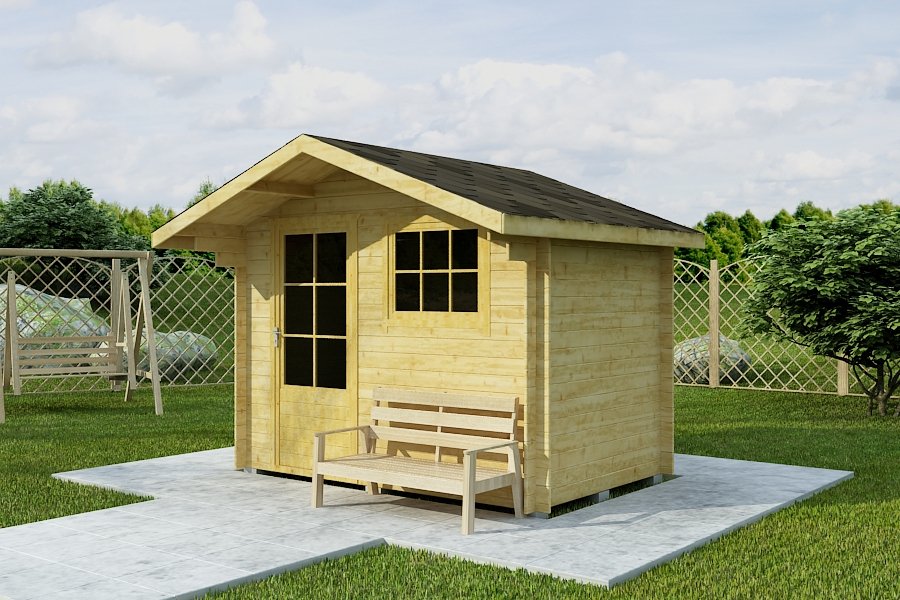
How to Add Plumbing to a Summer House
Summer houses are becoming an increasingly popular way for families and individuals alike to unwind, adding value and relaxation. You can customize one according to your own individual tastes. Unfortunately, leaving home unattended for vacation can result in leaks and floods; Lochridge Priest provides services in Waco, Temple, Killeen and Belton and can offer tips for prepping plumbing before traveling away.
1. Heating
Summer houses are garden structures used to provide guests or family members with a relaxing environment, typically constructed of wood with scenic garden views. Aside from providing tranquil surroundings for relaxation or working outside, summerhouses also serve as offices. However, without proper heating these buildings can quickly become unbearably cold and difficult to work in; so it is imperative to install an efficient heating system into your summerhouse for maximum productivity.
While many use their summer houses for recreation and relaxation, others also utilise them all year long as working or relaxing spaces. According to Aviva research, one in 10 of those using garden sheds or garages for work now do so from within their summerhouse instead.
Contrasting with sheds which are intended to store items during various seasons, a summer house is typically designed with more decorative intent to enhance any garden space. They usually consist of wood construction with ornate windows and visually-appealing roofs for maximum visual impact.
Summerhouses can provide much-needed shelter from spring through fall in the UK, yet can become extremely cold during the colder months. To maintain comfort for everyone using it throughout the year, insulation may be beneficial – costing a few extra pennies upfront but helping maintain heat in your structure for the entire year of use.
Portable gas heaters offer an efficient alternative for those without an existing boiler, yet these units produce excessive moisture that can lead to condensation problems and lead to mould growth and carbon monoxide poisoning risks. Therefore, in order to minimize mould growth and risk, wood burning stoves may provide more sustainable heating solutions.
Underfloor heating can provide the ultimate summer house experience year-round and is suitable for many different kinds of summerhouses. Though costly upfront, this investment will ultimately pay for itself over time and add an additional level of comfort in every season.
3. Drainage
Summer houses are free-standing garden structures designed to offer relaxation and leisure during warmer seasons. Built with attractive roofing and interior designs, summer houses make a beautiful focal point for rest and leisure in warmer seasons and can even feature furniture! Unlike sheds, summer houses are built with aesthetics in mind; typically constructed using treated wood that complements both your home’s exterior or garden design perfectly.
Summerhouses provide an ideal outdoor living solution in wet weather. Here you can relax with coffee and reading while it rains outside, or simply stay dry when temperatures plummet. Many people also use summerhouses as office spaces – according to an Aviva survey one in 10 people work from converted sheds, garages or summerhouses!
Planning your plumbing system before beginning construction is of utmost importance. To create the ideal system, it’s essential to consider how waste will be removed from wastewater lines, pipe materials used and their insulation properties depending on climate conditions. Also if using wood-burning stoves or fireplaces be sure to have them professionally installed with their chimney properly venting to prevent fire hazards from emerging from within your structure.
Installing plumbing into a summer house may seem straightforward, but it’s still essential to adhere to local regulations. If your summer house exceeds 3 metres with a pent roof or 4 metres with an apex roof height then planning permission may be required as well as checking with your water company whether rainwater can be released into their drainage systems. If not, an alternative such as installing a pump system might be necessary.
4. Ventilation
Ventilation is an essential feature of garden buildings as it helps maintain optimal humidity levels to prevent mould, mildew and other forms of growth within. By keeping moisture levels down, this makes working inside easier without irritating eyes or respiratory systems, and prevents wood and other materials in the garden room from deteriorating as quickly.
Ventilate a summer house efficiently by opening doors and windows regularly, allowing cooler air to enter while forcing hotter air out, keeping the space cool and comfortable throughout the day and night. Opening windows early morning or late at night when temperatures are lowest can especially help ensure maximum ventilation efficiency.
Another method for providing adequate ventilation in summer houses is installing wall vents. These should be strategically positioned near both entrances to provide intake and output vents that work in harmony with their size, so as to achieve maximum aeration. Optimally sized vents should correspond with summer house size so as to match up intake with output properly.
Whirligig vents can also be useful. These simple vents sit atop of roofs and spin with each wind gust that passes through them, extracting moisture from inside of summer houses quickly and efficiently. In terms of maintenance needs, they’re easy to keep running smoothly by regularly cleaning them – with regular checks made sure that everything remains functionally.